April 23, 2025 | 17:24 GMT +7
April 23, 2025 | 17:24 GMT +7
Hotline: 0913.378.918
April 23, 2025 | 17:24 GMT +7
Hotline: 0913.378.918
Rambutan is one of the key fruit crops of the Mekong Delta, concentrated in provinces such as Ben Tre, Tien Giang, Vinh Long and Tra Vinh.

The Mekong Delta owns over 7,400 ha of rambutan trees. Photo: Minh Dam.
Rambutan is exported and consumed in many places, and production facilities in Ben Tre also use it to make dried rambutan.
In the past rambutan peels were usually removed and dumped directly into the environment.
Ms. Tran Thi Thu Hong, owner of Co Chin dried rambutan production facility ( Phu Ninh hamlet, Phu Duc commune, Chau Thanh district), said, “The facility discharged 500 - 600kg of peels daily. This amount is equivalent to 2 tons of rambutan consumed. The facility focuses its production on the months of June - August, and November - January every year. After each Tet season the amount of removed fruit peels even went up to several tens of tons.”

Thoroughly grind rambutan peel to make organic fertilizer. Photo: TL.
Such a predicament as it may be, rambutan peels can still be put into good use. Bringing it back to help farmers in agricultural production in fact has deep economic and environmental significance.
Research shows that rambutan peel is a rich source of phosphorus and potassium as well as other beneficial mineral components.
At the end of 2018, the program “Adaptation to climate change in the Mekong Delta - Ben Tre province” (AMD Ben Tre) collaborated with Co Chin dried rambutan production facility and a group of lecturers from the University of Science - Ho Chi Minh City National University (UOS - VNUHCM) to study and develop a rambutan peels processing procedure in combination with coco peat, sawdust, and other organic components. This method has been successfully deployed at dried rambutan production facilities in Chau Thanh district.
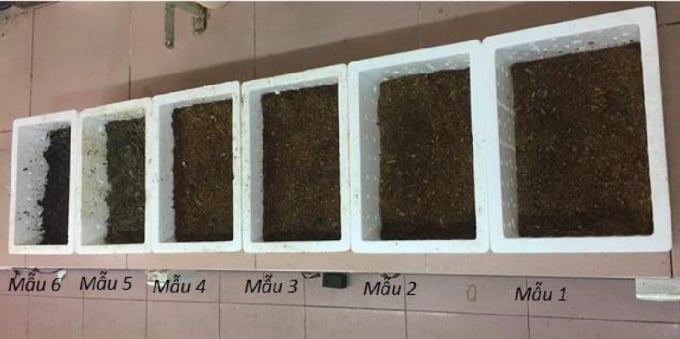
Organic fertilizers composted in the laboratory. Photo: TL.
According to Mr. Nguyen Thanh Nho, program manager of AMD Ben Tre, phosphorus and potassium are well fixed in the compound with relatively high content, contributing to the increase in value of produced organic fertilizers.
AMD Ben Tre also suggests adding a definite amount of inorganic fertilizer such as urea to the compost pile. This will increase the amount of nitrogen for plants and provide nutrients for microorganisms during the organic fertilizers production process, thus we can obtain semi-organic fertilizers with high nutritional value.
Implementation of this method has been proven to resolve environmental issues around rambutan facilities. There is no longer the odor caused by decomposed rambutan peels. Produced fertilizers are brought back to orchards, enrich the soil. The trees’ growth rate is comparable to when chemical fertilizers were applied.
Co Chin facility has been able to save a significant amount of fertilizer from composting rambutan peels into bio-organic fertilizers.
Organic composting procedure for rambutan peels
Step 1: Ingredient preparation
- Chopped rambutan peel to the size of less than 1cm edge.
- Ground coco peat collected from households.
- Trichoderma after being increased in biomass.
- Prepare Trichoderma solution (1 kg of bran-based yeast + 0.5 kg of molasses + 20 l of water, incubate for 3 days, usable when the solution is frothy and has yellow-copper color)
Step 2: The process
The entire 500 kg of thoroughly ground rambutan peels will be mixed with 150kg of coco peat.
Take 0.5 l of Trichoderma solution + 20 l of water and spray on the rambutan peel + coco peat pile.
Adjust the amount of water to ensure that the mixture’s moisture content is at 50 - 55% (can squeeze out water, 1 to 2 drops).
Step 3: Check the ripeness and quality of the compost pile
Use shovels to stir the compost pile every 5-7 days to increase oxygen for microbial to grow and promote bioconversion.
In cases of dry season and high temperature, the mixing process should be done more often every 3 to 4 days.
Check the humidity to see if it is necessary to add more water to maintain humidity at 50 - 55%, ensure the compost is of good quality, and limit nutrient loss due to thermal decomposition.
The compost sample will be checked for ripeness through the pile’s texture.
The compost can be used after 28 days.
(Temperature stable from 30 to 40oC, no sign of the burning sensation upon touching, the color turning black)
Translated by Samuel Pham
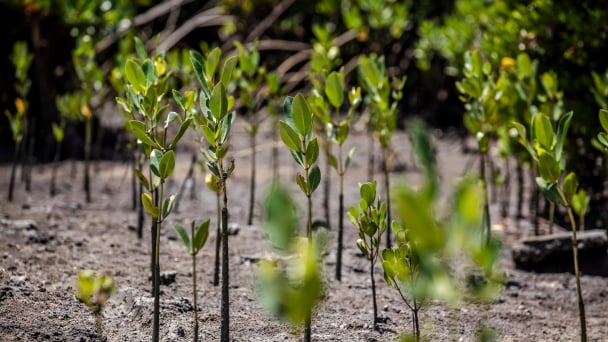
(VAN) Cutting-edge technology and data will bring transparency and accountability to global restoration commitments under the Kunming-Montreal Global Biodiversity Framework.
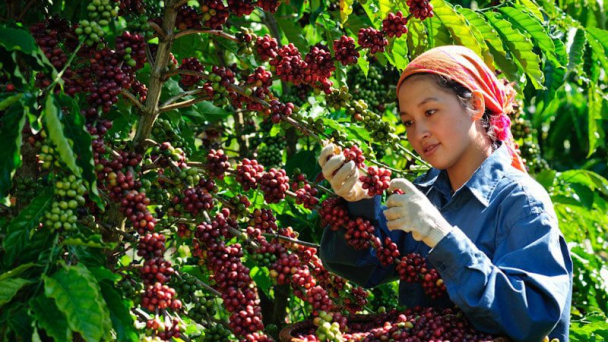
(VAN) The SAFE project in Vietnam will support actors in the coffee supply chain in meeting the requirements of the EUDR and conserving forest ecosystems.
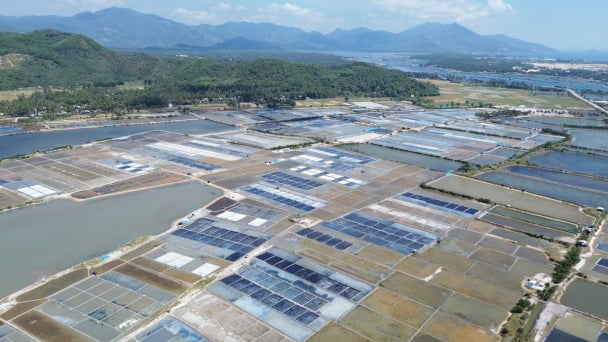
(VAN) On April 22, the United Nations Development Program (UNDP) worked with a group of local farmers from Tuyet Diem village and representatives of Xuan Binh commune, Phu Yen province.

(VAN) At the close of the P4G Summit, delegates agreed to transform agricultural and food systems sustainably, ensuring food security while protecting the environment.
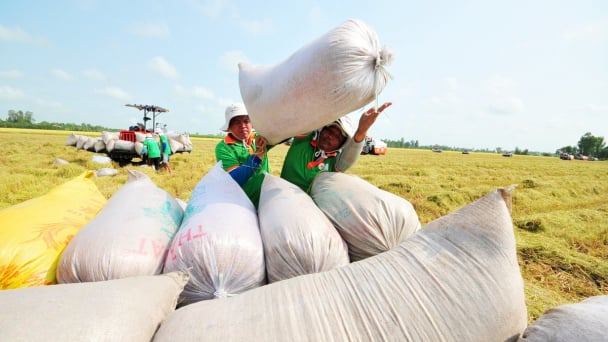
(VAN) The rice industry in the Mekong Delta is undergoing a major transformation, shifting toward sustainable, high-quality, and low-emission exports to meet the green and clean standards increasingly demanded by international markets.
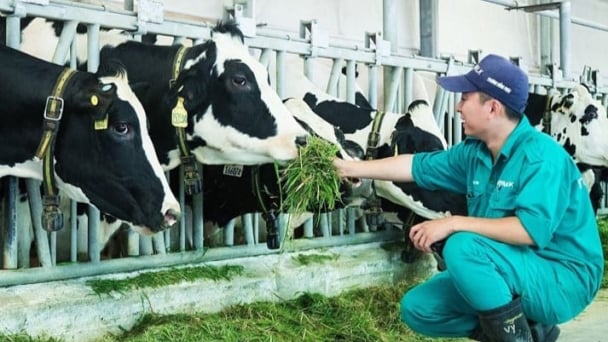
(VAN) According to Tong Xuan Chinh, Deputy Director of the Department of Livestock Production and Animal Health, Vietnam’s dairy cattle industry must overcome seven major challenges to achieve sustainable development.
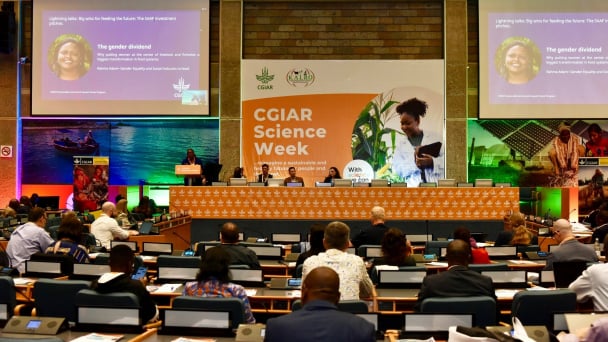
(VAN) The CGIAR’s Sustainable Animal and Aquatic Foods (SAAF) program represents a new approach that emphasizes the transformation of food systems toward sustainability.